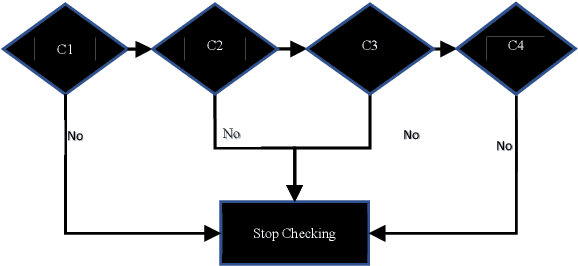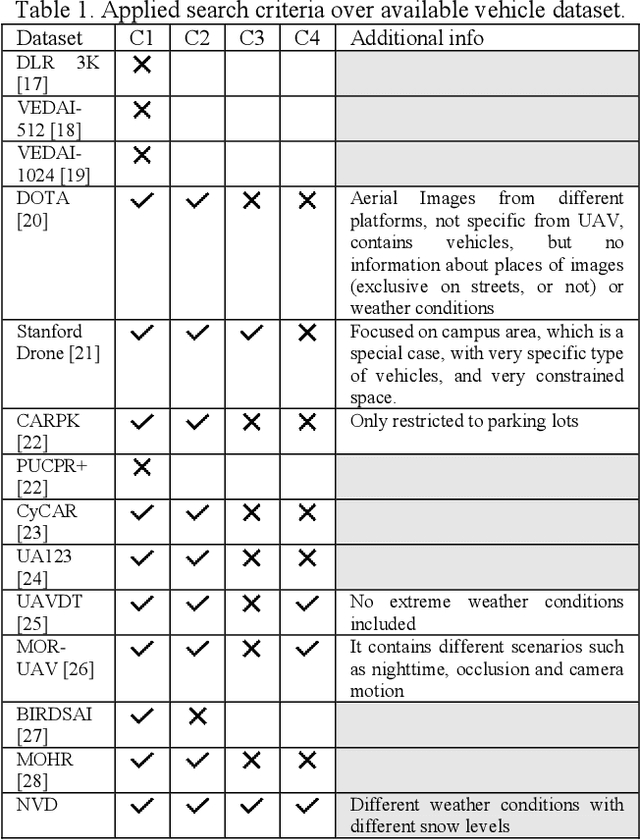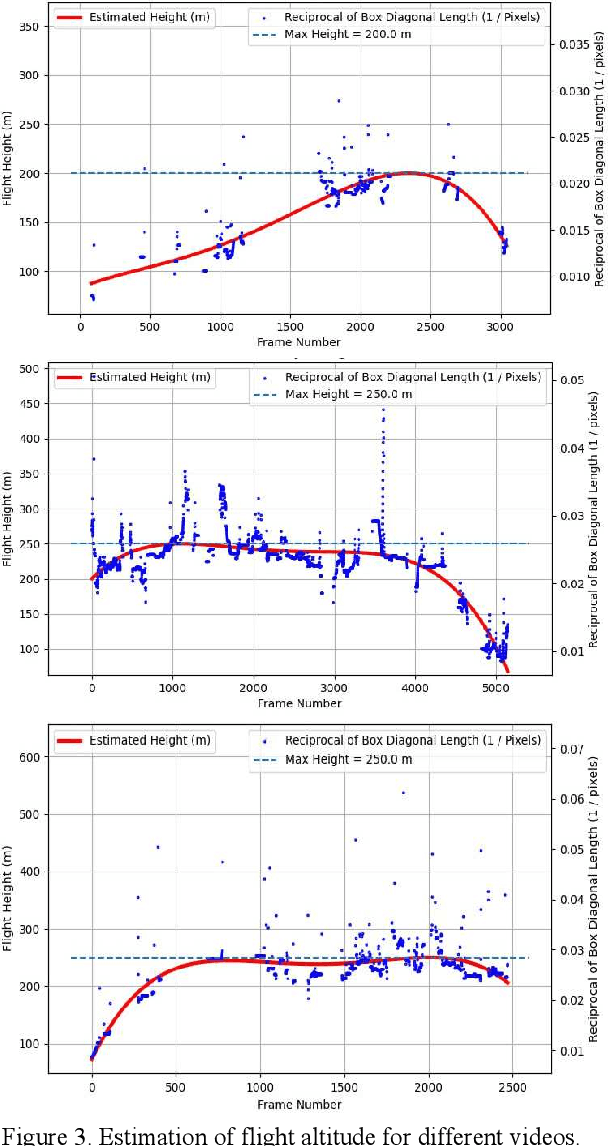Nordic Vehicle Dataset (NVD): Performance of vehicle detectors using newly captured NVD from UAV in different snowy weather conditions
Paper and Code
Apr 27, 2023



Vehicle detection and recognition in drone images is a complex problem that has been used for different safety purposes. The main challenge of these images is captured at oblique angles and poses several challenges like non-uniform illumination effect, degradations, blur, occlusion, loss of visibility, etc. Additionally, weather conditions play a crucial role in causing safety concerns and add another high level of challenge to the collected data. Over the past few decades, various techniques have been employed to detect and track vehicles in different weather conditions. However, detecting vehicles in heavy snow is still in the early stages because of a lack of available data. Furthermore, there has been no research on detecting vehicles in snowy weather using real images captured by unmanned aerial vehicles (UAVs). This study aims to address this gap by providing the scientific community with data on vehicles captured by UAVs in different settings and under various snow cover conditions in the Nordic region. The data covers different adverse weather conditions like overcast with snowfall, low light and low contrast conditions with patchy snow cover, high brightness, sunlight, fresh snow, and the temperature reaching far below -0 degrees Celsius. The study also evaluates the performance of commonly used object detection methods such as Yolo v8, Yolo v5, and fast RCNN. Additionally, data augmentation techniques are explored, and those that enhance the detectors' performance in such scenarios are proposed. The code and the dataset will be available at https://nvd.ltu-ai.dev
 Add to Chrome
Add to Chrome Add to Firefox
Add to Firefox Add to Edge
Add to Edge